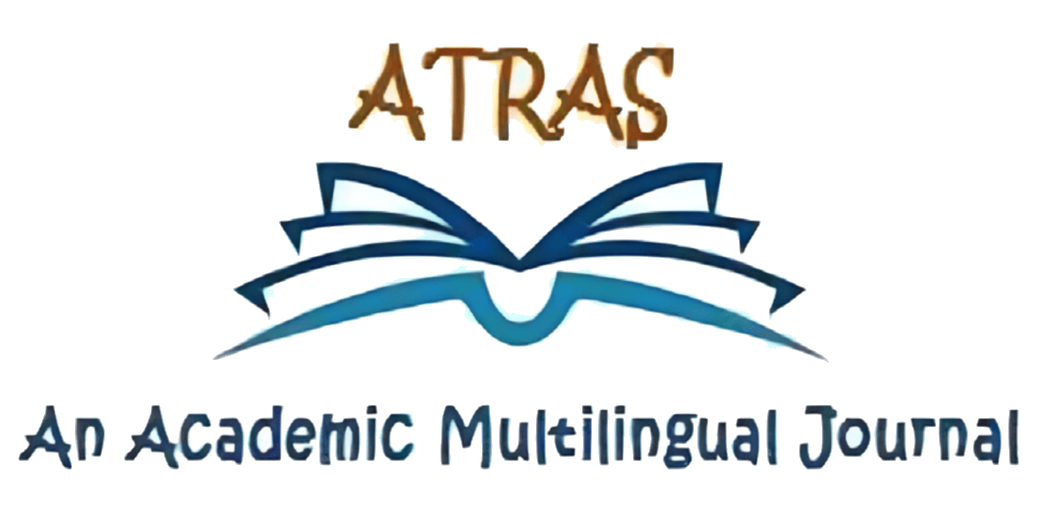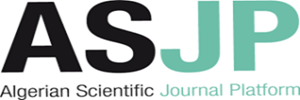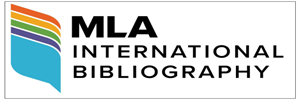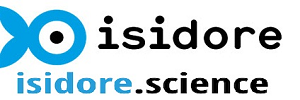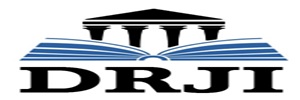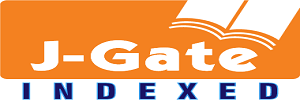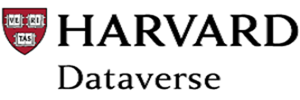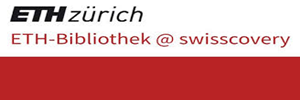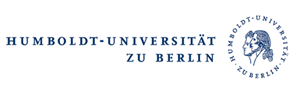Title: Europe in Works of Arab Travelers of the Middle Centuries
Mambetnazarova Rano Kuanishbaevna
The Republic of Uzbekistan, Nukus city
Karakalpak scientific-research Institute of humanitarian sciences of the Karakalpak Branch of Academy of Sciences of the Republic of Uzbekistan, Nukus
Abstract:
The article examines the essence of the travel genre in Russian and world literature. It presents the scientific views and points of view of several researchers on the definition of the travel genre. It is noted that the central figure in the literature of travel is a man, he wanders, goes to unknown countries and locations, learns their history, geography, and ethnography, sees the inside of foreign cultures, and life of the people, learns languages, that is spiritually developed and enriched. At the same time, on the way you are learning about yourself, better understanding your character, interests, spiritual roots and traditions, your country and people, you are learning everything by comparison. The attractiveness of the genre for writers and its popularity among readers is understandable.The article examines the descriptions of interesting information by Karakalpak writers who have travelled abroad in different years. In addition to descriptions of historical sites, educational and pedagogical matters are considered, and the personal evaluation and conclusions of the travellers are expressed. It is noted that the works of the travel genre first appeared in verse form, and then acquired prose form, describing the observations, impressions of the traveller, his discovery, and adventure. The article is an attempt to trace the main stages in the evolution of the literary journey genre, the peculiarities of its development, appearance, and functioning, to consider the uniqueness of the genre and its poetics, using specific works of travel literature.
Keywords:
diary, encounter, essay, journey, motive, travel
How to Cite this Paper:
Kuanishbaevna, M. R. (2022). Europe in Works of Arab Travelers of the Middle Centuries. Atras Journal, 3(2), 57-65
References
Abramovich G.L. (1964). Theory of Literature. «Наука» Pub. Moscow.
Bolshakov O.G., & Mongait, A. L. (1971). The Journey of Abu Hamid Al-Garanti to Eastern and Central Europe. (1131-1153). «Наука»
Esemuratova G. (1995). American Impressions. Nukus: «Karakalpakstan».
Fitrat A. (1990). Tales of an Indian traveller. The Star of the East, 7.
Guminsky, V.M. (1987). Literary Encyclopedic Dictionary. M.: Soviet Encyclopedia.
Ishmanova Z. (2019). Journey to Europe. Nukus: «Karakalpakstan».
Izimbetov T. (2011). Journey to Five Countries by Ocean. Nukus. «Bilim» publ.
Jalilova H. M. (2005). The spiritual and educational characteristics of the travel genre in Uzbek literature. Тashkent
Krachkovsky I.Yu. (1939). Voyage of Ibn-Fadlan to the Volga. Pub. of the USSR Academy of Sciences. Moscow.
Maltseva, I.M. (1981). The language of Russian writers of the 18th century. «Nauka»
Mambetov K. (1993). Journey to India, Sri Lanka and the Caucasus. Nukus: «Karakalpakstan».
Maslova N.M. (1977). Travel diary as a publicist form. М.: MSU Publ
Seitniyazov M. (1990). Travel to Seven Countries. Nukus: «Karakalpakstan».
Shadrina M.G. (2003). The evolution of the language of travel, (unpublished Doctoral dissertation). Мoscow
Timofeev L.I. (1966). Fundamentals of the Theory of Literature. Pub. «Просвещение» M. Soviet Encyclopedia
Toibaev E.M. (n.d.). Evolution of the development of Kazakh travel essays. Mass Communication of Kazakhstan in the XXI Century: Realities and Prognoses of Development. Available at http://www.conf.freenet.kz/.

Copyright for all articles published in ATRAS belongs to the author. The authors also grant permission to the publisher to publish, reproduce, distribute, and transmit the articles. ATRAS publishes accepted papers under the Creative Commons Attribution-NonCommercial 4.0 International (CC BY-NC 4.0) License. Authors submitting papers for publication in ATRAS agree to apply the CC BY-NC 4.0 license to their work. For non-commercial purposes, anyone may copy, redistribute material, remix, transform, and construct material in any media or format, provided that the terms of the license are observed and the original source is properly cited.
